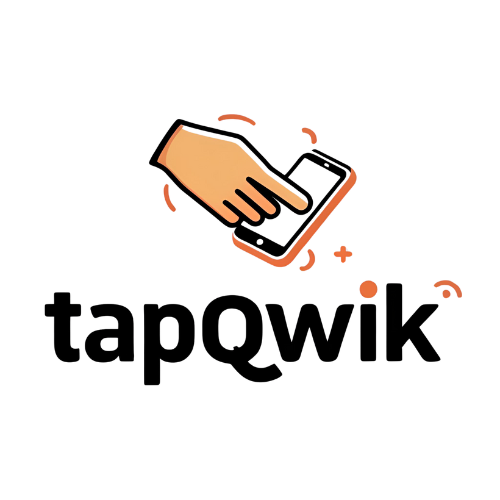Choosing the right development methodology is crucial for the success of any software project. Two of the most widely used approaches are Agile and Waterfall. Each has its own advantages and challenges, making it important to understand which one aligns best with your business needs.
Understanding Agile and Waterfall
What is Agile?
Agile is a flexible, iterative approach to software development. Instead of following a fixed plan, Agile focuses on continuous collaboration, feedback, and improvements. Teams work in sprints—short development cycles—to deliver small, functional pieces of software.
Key Features of Agile:
- Adaptability to changes
- Regular customer feedback
- Faster delivery with incremental updates
- Collaboration between developers and stakeholders
What is Waterfall?
Waterfall is a linear, sequential approach to development. The project follows a fixed plan, with each phase (such as planning, design, development, and testing) completed before moving to the next. It is best suited for projects with well-defined requirements and little expected change.
Key Features of Waterfall:
- Clearly defined stages
- Detailed documentation
- Predictable timeline and budget
- Best for projects with stable requirements
Comparing Agile and Waterfall
| Feature | Agile Development | Waterfall Development |
|---|---|---|
| Flexibility | Highly adaptable to changes | Rigid structure with minimal changes |
| Timeline | Short cycles (sprints) | Fixed timeline |
| Customer Involvement | Continuous feedback | Limited to the initial and final stages |
| Documentation | Less emphasis, focuses on working software | Extensive documentation required |
| Risk Management | Issues identified early | Risks discovered late in the process |
| Best For | Dynamic, evolving projects | Projects with clear, stable requirements |
Which One is Best for Your Business?
Choose Agile If:
- Your project requires frequent updates and improvements.
- You need customer feedback at every stage.
- Your requirements are likely to change over time.
- Speed and flexibility are more important than a fixed plan.
Choose Waterfall If:
- Your project has clearly defined requirements from the start.
- You need a fixed budget and timeline.
- The project is large and complex with multiple dependencies.
- You require detailed documentation for compliance and regulatory reasons.
Conclusion
Both Agile and Waterfall methodologies have their strengths and are suited for different types of projects. If you need speed, flexibility, and ongoing improvements, Agile is the better choice. If your project requires strict planning, clear milestones, and minimal changes, Waterfall might be the right fit.
Ultimately, the best approach depends on your business goals, project complexity, and need for adaptability. In some cases, a hybrid approach that combines elements of both methodologies can also be an effective solution.
